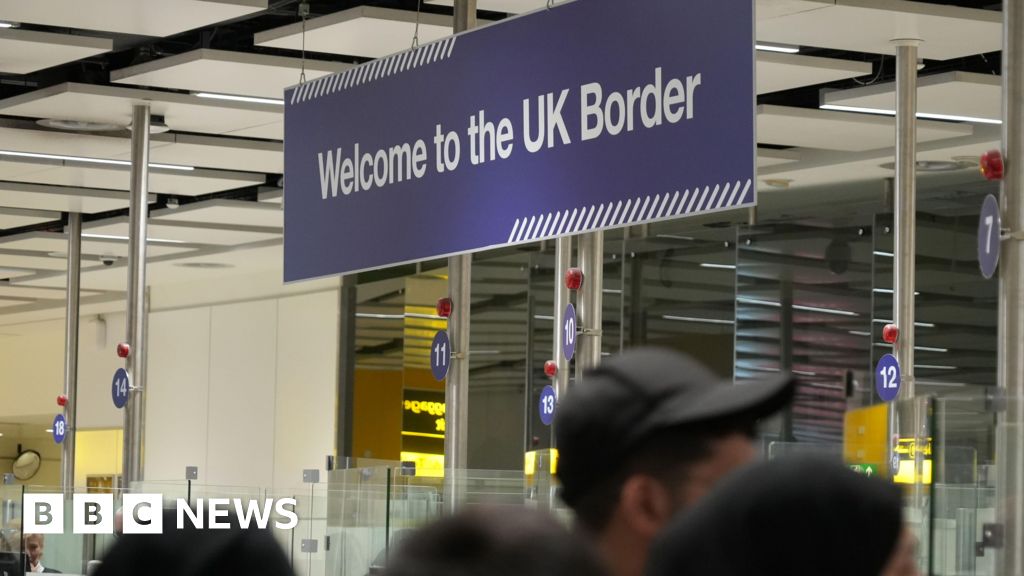ARTICLE AD BOX
Image source, Reuters
Image caption,The conflict in eastern Ukraine has intensified but there have been several suspicious incidents
As the conflict in eastern Ukraine intensifies, Britain and the US suspect Russia of planning "false flag" attacks to create an excuse for an invasion.
Russian-backed separatists have already accused Ukraine's military of a series of highly dubious attacks and are now calling for civilians in the occupied areas to leave.
What is a false flag?
A false flag is a political or military action carried out with the intention of blaming an opponent for it.
Nations have often done this by staging a real or simulated attack on their own side and saying the enemy did it, as a pretext for going to war.
The term was first used in the 16th Century to describe how pirates flew the flag of a friendly nation to deceive merchant ships into allowing them to draw near.
False flag attacks have a long and ignoble history.
German invasion of Poland, 1939
The night before Germany invaded Poland, seven German SS soldiers pretending to be Polish stormed the Gleiwitz radio tower on the German side of the border with Poland. They broadcast a short message to say the station was now in Polish hands.
Image source, NurPhoto via Getty Images
Image caption,The Gleiwitz radio tower was stormed by SS troops in disguise in 1939
The soldiers also left behind the body of a civilian dressed up as a Polish soldier to make it look as though he had been killed in the raid.
Adolf Hitler made a speech the next day citing the Gleiwitz attack and other similarly orchestrated incidents to justify the invasion of Poland.
Outbreak of Russo-Finnish war, 1939
In the same year, the Russian village of Mainila came under shell fire. It was close to the Finnish border, and the Soviet Union used the alleged attack to break its non-aggression pact with Finland, starting the so-called Winter War.
Historians have now concluded that the shelling of the village was not carried out by the Finnish army but was a fabrication carried out by the Soviet NKVD state security agency.
Boris Yeltsin, the first President of the Russian Federation, admitted in 1994 that the Winter War was a Soviet war of aggression.
Gulf of Tonkin incident, 1964
On August 2, 1964, a sea battle occurred between a US destroyer and North Vietnamese torpedo boats in the Gulf of Tonkin, off the Vietnamese coast.
Both sides experienced damage to their vessels and the North Vietnamese lost four men and suffered six other casualties.
The US National Security Agency claimed that two days later another similar battle occurred.
Image source, Universal Images Group via Getty Images
Image caption,The Gulf of Tonkin incident allowed the US to increase air attacks on North Vietnam
However, it is now likely the second attack by the North Vietnamese never happened.
The captain of a US naval destroyer initially reported he was being surrounded and fired on by enemy torpedo boats but later said that because of bad weather and low visibility that he could not be sure he had been.
Declassified documents released in 2005 suggest the North Vietnamese navy was not attacking the US ship but trying to salvage two of the boats damaged on 2 August.
However, President Lyndon B. Johnson and staff decided to believe the initial version of events and presented the incidents to Congress as two unprovoked attacks on US forces by North Vietnam.
It led to the Gulf of Tonkin Resolution, which allowed President Johnson to start bombing raids on North Vietnam and greatly escalate US military involvement in the Vietnam War.
"Little green men" in Crimea, 2014
In the early days of Russia's annexation of Crimea, people started to appear on the streets who were dressed and armed exactly like Russian soldiers but without Russian insignia on their uniforms.
The Kremlin insisted they were members of local "self-defence groups" who wanted the territory to be returned from Ukrainian control to Russia.
Image source, Reuters
Image caption,The "little green men" in Crimea wore no identification, but their uniforms and weapons were Russian
The Kremlin said they had bought their clothing and equipment from shops.
Russian journalists took to calling these people "polite men", while local residents in Crimea called them "little green men", referring both to the colour of their uniforms and their unconfirmed origin.
Kashmir border, 2020
India and Pakistan have often accused each other of mounting false flag attacks along the disputed Kashmir border in order to provoke a military conflict.
In 2020, Pakistan's foreign ministry accused Indian troops of firing on a vehicle containing UN observers on the Pakistan side of the border, hoping the UN might think Pakistani troops were responsible.
Image source, NurPhoto via Getty Images
Image caption,India and Pakistan often accuse each other of false flag attacks on the Kashmir border
It said India was trying to sow discord between Pakistan and the international community and Pakistan's Prime Minister Imran Khan called the move "reckless".
India denied the accusation and in turn blamed Pakistan for failing to keep its own side of the border safe.

 3 years ago
47
3 years ago
47








 English (US) ·
English (US) ·